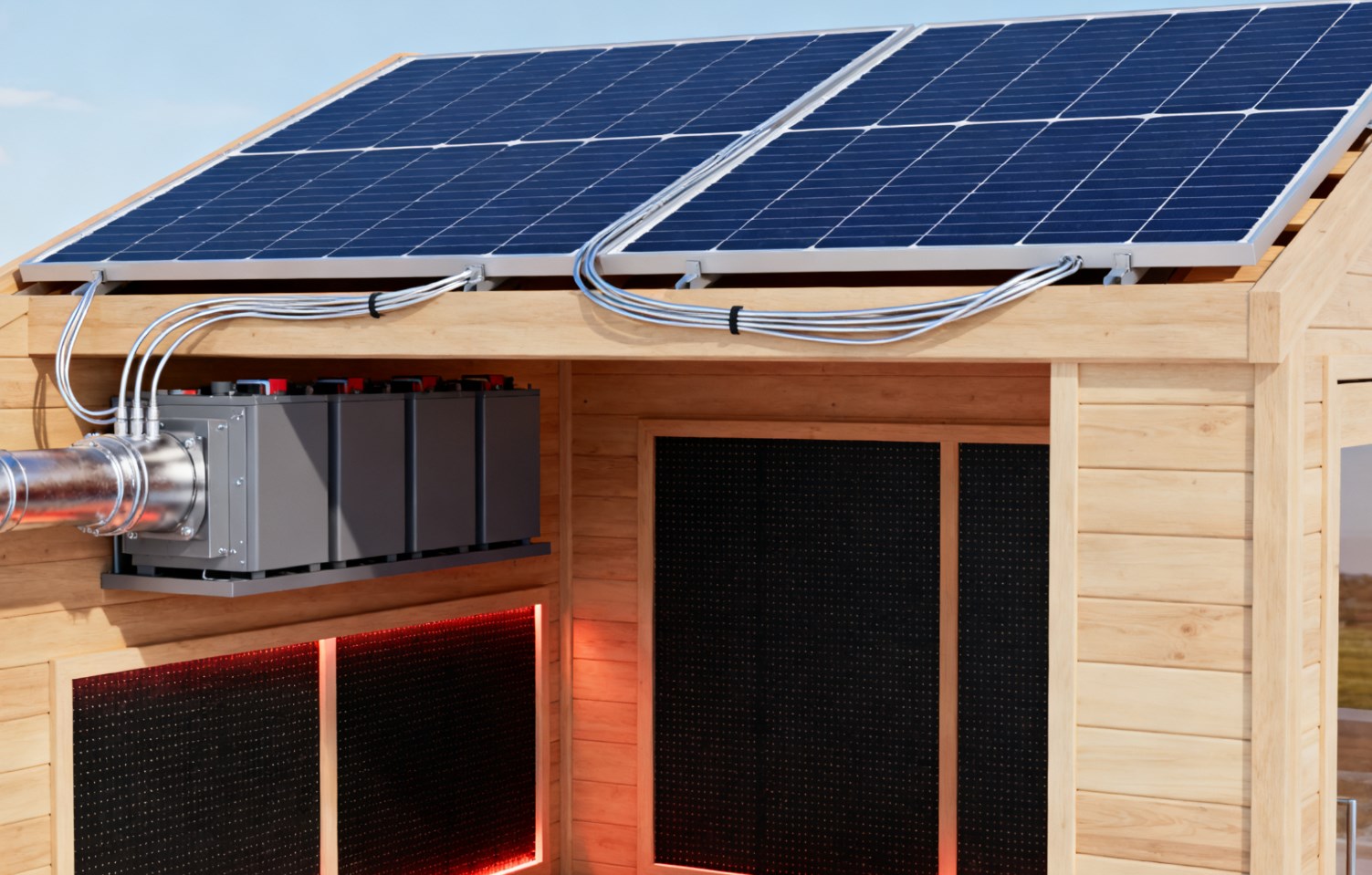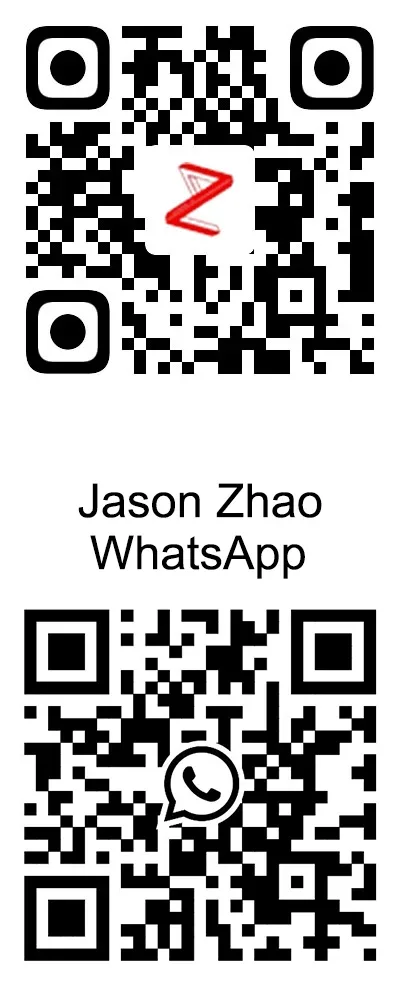In recent years, China's sauna industry has been undergoing a transformation from "traditional heating spaces" to "intelligent health scenarios" through technological innovation. This innovation focuses on three core areas: safe controllability, energy efficiency optimization, and health adaptability. By leveraging scientific technologies such as intelligent temperature and humidity control, integrated green energy, and basic health monitoring, it enhances the safety and practicality of sauna experiences while providing support for the industry's sustainable development. The following content excludes technical descriptions lacking scientific basis or application feasibility, and focuses entirely on sauna-related technologies and scenarios.

I. Scientific and Feasible Core Technological Innovations: Focused on Sauna Scenarios
The current technological upgrading of the sauna industry is premised on "complying with human physiological tolerance" and "controllable energy consumption," avoiding unrealistic technical gimmicks. It mainly concentrates on four directions:
1. Intelligent Temperature Control and Environmental Regulation Systems: Accurately Matching Human Tolerance
Traditional saunas rely on manual temperature adjustment, which often leads to excessive temperature differences or humidity imbalances. In contrast, new-generation intelligent saunas achieve scientific regulation through multi-zone sensors and dynamic algorithms:
Temperature control: It collects real-time temperature data from different areas in the sauna (e.g., sitting areas, standing areas) and controls the error within ±1℃, avoiding the risk of local high-temperature burns (in line with the safe tolerance range of the human body in a 40-60℃ sauna environment).
Humidity adjustment: Based on user-set preferences (e.g., dry steam or wet steam modes), it controls humidity between 30% and 60% via intelligent atomizers or water-adding devices, preventing respiratory discomfort caused by excessive humidity.
Duration reminder: According to the safe stay time of the human body in a high-temperature environment (usually no more than 15-20 minutes) and combined with the user's age and basic health data (e.g., history of hypertension), it automatically pops up time prompts to reduce health risks.
2. Green Energy and Energy Efficiency Optimization Technologies: Green and Sustainable
This is the most scientifically implementable innovation direction in the industry currently, responding to the "dual carbon" goals, and the technologies have been verified in practice:
Photovoltaic energy integration: Some commercial and household saunas adopt a combination of "photovoltaic panels + energy storage batteries." In scenarios with sufficient sunlight, they can meet 30%-50% of the sauna's heating energy demand (data refers to the industry conclusion mentioned earlier that "photovoltaic power supply reduces energy consumption by 55%"), reducing traditional electricity consumption.
Waste heat recovery system: It collects high-temperature exhaust gas discharged from the sauna through a Heat Exchanger to preheat the fresh air entering the sauna. This reduces the starting load of heating equipment, and practical tests show it can cut additional energy consumption by 15%-20% while avoiding the impact of direct high-temperature gas discharge on the indoor environment.
Low-energy heating elements: High-efficiency heating materials such as graphene heating films and far-infrared ceramic tubes are used. Compared with traditional resistance wire heating, their heat conversion efficiency is increased by 20%-30%, and the heat generation is more uniform, avoiding local overheating.
3. Integration of Basic Health Monitoring: Safety First
Different from vague concepts like "AI-customized massage," health monitoring in saunas focuses on "safety early warning," with clear technical logic and no misleading over-medicalization:
Heart rate monitoring: Some high-end saunas are equipped with non-contact heart rate sensors (e.g., monitoring blood flow in the wrist or fingers via infrared). When the user's heart rate exceeds 120 beats per minute (the safety threshold in a high-temperature environment), it automatically lowers the temperature or issues an alarm.
Blood oxygen saturation reminder: For middle-aged and elderly users, some devices can be linked with finger-clip oximeters. When blood oxygen drops below 95%, it reminds the user to leave the sauna in time to avoid the risk of hypoxia.
Material safety upgrade: All woods in contact with the human body (e.g., Chinese fir, pine) undergo mildew-proof and formaldehyde-free treatment. The outer cover of heating elements uses high-temperature-resistant insulating materials to prevent the release of harmful substances at high temperatures, complying with the National Standard GB 18580-2017: Limit of Formaldehyde Emission from Wood-based Panels and Their Products for Interior Decoration and Furnishing.
4. Digital Services: Optimizing the Usage Process
Centering on the full process of "reservation, use, and maintenance" of saunas, digital technologies mainly solve the problems of "efficiency and convenience" without scientific disputes:
Online reservation and status inquiry: Users can check the free time slots and current temperature/humidity of commercial saunas via an APP. After making a reservation, they can use the sauna directly upon arrival at the store, avoiding waiting.
Remote control of household saunas: It supports remote start-up and preheating via a mobile phone, and users can set the target temperature. They can enter a suitable environment directly when they get home without waiting for the heating process.
Maintenance reminders: The device monitors the service life of heating elements and the cleanliness of filters through sensors, and automatically sends maintenance prompts to ensure the safe operation of the equipment.
II. Practical Challenges in Technology Implementation (Based on Sauna Scenarios)
Although the current technological innovation has a scientific direction, it still faces practical obstacles in promotion, which should be viewed objectively:
Cost barrier: The initial investment in intelligent temperature control systems, photovoltaic energy storage components, etc., is relatively high. The cost of a single large commercial sauna is 30%-50% higher than that of traditional equipment, making it difficult for small and medium-sized businesses to popularize them quickly. In the household scenario, products with basic health monitoring generally cost more than 15,000 yuan, exceeding the budget of some ordinary consumers.
User adaptability: Middle-aged and elderly users have a low acceptance of intelligent operations (e.g., APP control, parameter setting) and are more accustomed to traditional knob adjustment. It is necessary to simplify the operation interface (e.g., adding physical emergency buttons, voice prompts) to lower the usage threshold.
Lack of standards: Currently, the industry lacks unified standards for "the safety performance of intelligent saunas," such as the error range of heart rate monitoring and the stability requirements of sensors in high-temperature environments. This leads to "false function claims" in some products (e.g., claiming to "accurately monitor blood pressure" when it is actually only an estimated value).
III. Future Scientific Development Directions: Focus on "Safety + Practicality + Scenario Adaptability"
The future technological upgrading of saunas needs to continue focusing on "scientific implementation," avoid chasing concepts, and deepen efforts in three key directions:
Miniaturization and intelligentization for home use scenarios: Develop mini intelligent saunas suitable for small apartments (with a floor area ≤ 1.5 square meters), integrating practical functions such as "one-click start," "child lock," and "emergency cooling." At the same time, control the cost within the range of 8,000-12,000 yuan to improve public acceptance.
Health data linkage (non-medical intervention): Link with household health devices (e.g., smart bracelets) to obtain the user's daily heart rate and sleep data, and automatically recommend the sauna's temperature and duration (e.g., for users with poor sleep quality, recommend a mild mode of 45℃ for 10 minutes). However, it should be clearly stated that "it does not replace medical diagnosis" to avoid misleading.
Extreme environment adaptation technologies: For cold northern regions, develop a "low-temperature start-up protection" function to prevent heating elements from being damaged due to excessive temperature differences in winter. For humid southern regions, enhance the moisture-proof treatment of wood and the mildew-proof design of equipment to extend their service life.






